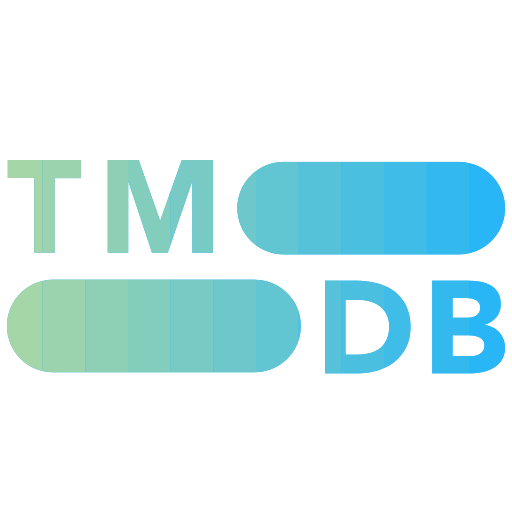Dune: Part Two (2024)

Overview
Follow the mythic journey of Paul Atreides as he unites with Chani and the Fremen while on a path of revenge against the conspirators who destroyed his family. Facing a choice between the love of his life and the fate of the known universe, Paul endeavors to prevent a terrible future only he can foresee.
Starring Cast
Where to watch
Bias Dimensions
Overview
Follow the mythic journey of Paul Atreides as he unites with Chani and the Fremen while on a path of revenge against the conspirators who destroyed his family. Facing a choice between the love of his life and the fate of the known universe, Paul endeavors to prevent a terrible future only he can foresee.
Starring Cast
Where to watch
Detailed Bias Analysis
Primary
The film is left-leaning due to its dominant themes critiquing religious fundamentalism, deconstructing the 'white savior' trope, and warning against the dangers of charismatic leadership leading to imperialistic holy war.
Dune: Part Two features visible diversity in its casting, particularly among the Fremen, and does not engage in explicit race or gender swaps of traditionally white roles. The narrative, however, strongly critiques traditional power structures, such as imperialism, and deconstructs the 'white savior' trope through its portrayal of Paul's complex and morally ambiguous journey.
Secondary
The film features Chani, a highly skilled Fremen warrior, who is depicted engaging in and winning close-quarters physical combat against multiple male opponents using melee weapons.
Dune: Part Two does not feature identifiable LGBTQ+ characters or themes. The film's narrative is centered on its established sci-fi epic elements, with no noted emphasis on LGBTQ+ representation in its main cast or plot, resulting in a 'N/A' rating for portrayal.
All major characters in "Dune: Part Two" maintain their canonical gender from the source material. No character established as one gender in prior canon is portrayed as a different gender within this film.
The film's casting, including Zendaya as Chani, does not constitute a race swap as the source material for the Fremen characters does not explicitly define their race, allowing for diverse interpretations without contradicting established canon.
Viewer Rating Breakdown
Viewer Rating
Combines user and critic ratings from four sources
User Ratings


Critic Ratings


More Like This



















